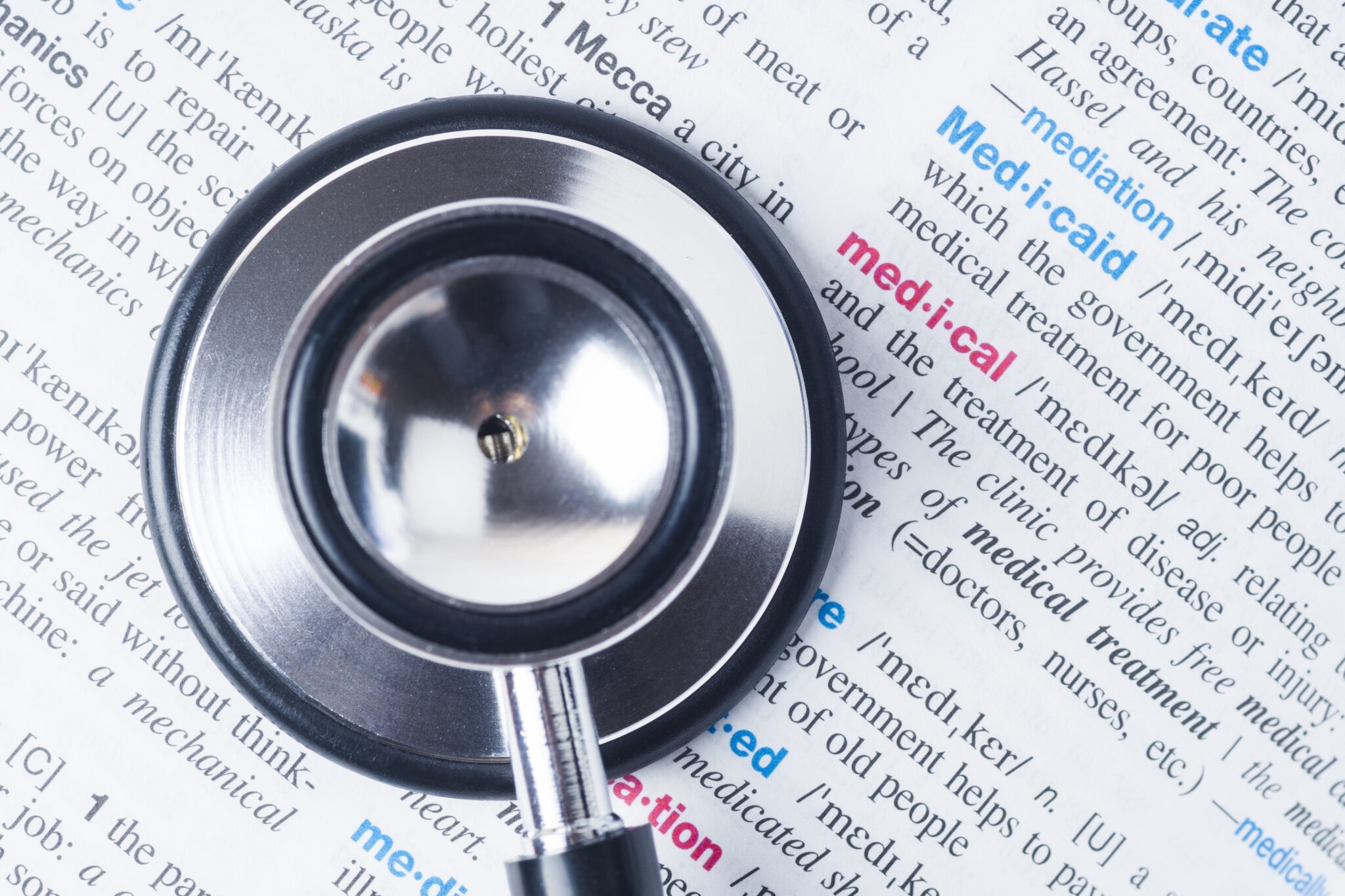In the medical industry, medical transcribing is an increasingly popular vocation that frequently offers work-from-home opportunities. You can hunt for work as a medical transcriptionist to use your quick typing skills and active listening skills to earn money, whether you’re looking for a part-time or full-time position. Start looking into healthcare or transcription companies that allow you to work from home after earning a certificate in medical transcription to verify your proficiency in accurately translating medical information.
Brief History of Medical Transcription
Since the beginning of medical treatment and study, there has always been medical transcribing. Although the format has evolved throughout time—from metal plates to clay tablets, from hieroglyphs on temple walls to papyrus, parchment, paper, and most recently to electronic files—the purpose of keeping records has remained the same—to document a person’s medical history and the advancements of medical research.
Physicians provided medical services and functioned as scribes for the medical profession until the twentieth century. Medical stenographers took the place of doctors as scribes after 1900, when standardization of medical data became essential for research and they began taking their dictation in shorthand.
The field of medical transcription was formed when the development of dictation technology eliminated the need for face-to-face collaboration between the scribe and the doctor. Medical transcription emerged into a medical language speciality when doctors began to rely on the judgment and logical reasoning of skilled medical transcriptionists to preserve the accuracy and integrity of medical dictation.
Many medical transcriptionists in the twenty-first century use speech recognition technology to speed up the process of producing additional documents. One of the most complex allied health careers is medical transcription, which fosters a crucial collaboration between those who give patient care and those who record it.
What is a Medical Transcriptionist?
Healthcare documentation specialists or medical transcriptionists listen to voice recordings made by doctors and other healthcare professionals and turn them into written reports. Additionally, they have the ability to edit and review medical records produced by using speech recognition software. When creating patient medical histories, discharge summaries, and other documentation, transcriptionists translate medical jargon and acronyms.
Medical Transcriptionists As Professionals
The Association for Healthcare Documentation Integrity (AHDI), a professional organization that represents medical transcriptionists (MTs), has created a competency profile (COMPRO®), a model curriculum for transcription educators, as well as sample job descriptions for transcriptionists and positions related to transcription, since 1978. With an annual conference for medical transcriptionists, educators, supervisors/managers, and business owners, AHDI places a strong emphasis on continuous education for its members. Around the United States, there are AHDI component associations, each of which hosts regular meetings and symposia.
Medical transcriptionists are now acknowledged as healthcare professionals and experts in the medical language thanks to the efforts of AHDI.
What Does a Medical Transcriptionist Do?
Medical transcription, in its broadest sense, refers to the process of transferring information about a person’s medical history, diagnosis, treatment, and prognosis from oral to written form (on paper or electronically). The healthcare sector is shifting toward electronic health records, which enable the preservation of a person’s medical history for access by doctors and other healthcare professionals wherever they are.
Modern electronic technology is used by doctors and other healthcare professionals to dictate and transmit highly technical and private information about their patients. They rely on knowledgeable medical transcriptionists to convert spoken words into thorough records that accurately convey medical facts. Systems for speech recognition may also be employed as a middleman to convert a medical professional’s dictation into a rough manuscript. The manuscript is further polished by the medical transcriptionist into a final product.
Transcription should not be confused with keyboarding. Comprehensive medical knowledge and understanding, good judgment, logical thinking, and the ability to spot medical inconsistencies in dictation are the main qualities required for performing high-quality medical transcription. For instance, a diagnosis that is incorrect given the patient’s symptoms and medical history. The medical transcriptionist raises queries, seeks for clarification, checks the data, and enters accurate data into the report.
What Does a Medical Transcriptionist Need to Know?
For the professional medical transcriptionist, having a working knowledge of medicine is essential. In contrast to other professions, the vocabulary employed in medicine is extremely complicated.
An understanding of anatomy, physiology, disease processes, pharmacology, laboratory medicine, and the internal structure of medical reports is necessary for medical transcription. An expert in the field of medical language, a medical transcriptionist is required to be knowledgeable about the rules and guidelines that govern health records as well as the legal implications of medical transcripts.
Reports of patient treatment come in a variety of forms, including histories and physical examinations, progress reports, consultations, clinic notes, referral letters, operative reports, radiology reports, emergency room notes, discharge summaries, pathology reports, and a variety of paperwork covering more than 60 medical disciplines that is commonly dictated by healthcare professionals for whom English is a second language. As a result, a medical transcriptionist or medical language specialist needs to be fluent in medical terminology.
What Skills do Medical Transcriptionist Need to Have?
One of the best ways to increase productivity in a medical practice is to hire a medical transcriptionist, often known as a medical transcribe. The required coding expertise reduces processing times for both employees and patients. However, it’s crucial to understand what medical transcriptionists perform on a typical day and the abilities needed to be a good medical transcribe before applying for a career in this field.
Excellent Typing
Unlike other jobs where your typing speed and words per minute count the most. Medical transcribing requires accuracy and skill. This is due to the fact that recording a treatment or other billing item incorrectly can have a significant influence on the amount that an insurance provider or patient will be charged for prior authorization services. When these errors are discovered, they can be fixed, but doing so requires more time and effort. Finding the client’s records will allow you to pinpoint the error and what has to be replaced.
So, while being able to type quickly is necessary, being proficient at typing and not making mistakes are far more important.
Understandable Grammar
You shouldn’t type a patient information in a huge block of text that is challenging for them to read. With concise, direct phrases, the facts must be simple to read. Technical and medical information must be concise, clear, and to the point with no superfluous descriptions. It’s surprisingly difficult to master the art of medical transcribing. Many people will insert their own speech patterns into the text, which might obscure the meaning. A competent medical transcriptionist knows how to write clear, understandable sentences that are simple to read.
Easy to Train
If you want to work as a transcriptionist, you must be able to cooperate with the company and be willing to receive training from them on how to adhere to the office’s special protocols. Maybe they have a certain method or deadline in mind for entering the data into the computer. You must learn to adapt to what insurance firms do during the day because different companies may have different criteria. As a result of everything mentioned above, it is crucial to have understanding of medical coding and to be as adaptable as possible to be readily molded to become a better part of their workplace. But as you’ve probably learned from experience working in the medical field, this is easier said than done.
Attention to Detail
A great eye for detail is a quality shared by the top medical transcriptionists. They can quickly identify an error on a spreadsheet. They are aware of when anything is off and will stop at nothing to fix it. Once the issue has been located, they can work on the data until it has been fixed.
Strive for Accuracy
Entering data points only functions when the data is accurate. The medical transcriptionist must strive for accuracy, just like everyone else in the office. They must do every effort to maintain constant accuracy of 100 percent. This requires more than just entering the codes once and sending the data to the billing department. This entails checking their work several times. Considering that even one mistake could have a negative financial impact on all parties.
Constantly Learning
You must first complete the one-year degree program in order to become a licensed medical transcriptionist. A two-year associate’s degree in transcription is also an option. But the learning doesn’t end there. After that, you must pass an exam to become a Registered Medical Transcriptionist or a Certified Medical Transcriptionist.
Even when you’ve earned a credential, education never ends. New procedures and services are frequently added as the medical sector develops. You must keep up with this material and learn how to improve your computer and software skills. Because of this, the top medical transcriptionists are constantly looking for methods to advance their education.
Ability to Multitask
While a medical transcriptionist will occasionally only need to listen to the procedures and billing items before entering the information, there will also be occasions when they must enter the coding information while listening and not reading. The ability to hear something and then translate it into a numerical code is crucial. Being required to memorize so many coding numbers makes this a challenging skill to learn. They will be able to jot down the service and then, from there, be able to recognize the code even if they cannot immediately think of the specific code.
Medical Transcriptionist Certification
Registered Healthcare Documentation Specialist (RHDS) and Certified Healthcare Documentation Specialist (CHDS), both offered by AHDI, are level 1 credentials (Certified Healthcare Documentation Specialist). Both certifications require passing an exam and are good for three years. The successful completion of a necessary online course, which includes a final test, and payment of a renewal fee are requirements for maintaining the RHDS credential. Continuing education is required to keep the CHDS credential active.
The RHDS exam is open to recent graduates of medical transcribing education programs, MTs with less than two years of acute care experience, and MTs working in single-specialty fields. Medical transcriptionists who want to take the CHDS exam must have at least two years of experience in acute care.
The Pros and Cons of Medical Transcription Jobs
For people who want to be sure they make the right professional decisions, assessing the benefits and drawbacks of medical transcribing jobs is crucial. This is true for any form of employment. Making such choices in haste is never a smart idea. Instead, it is advisable to carefully weigh the benefits and drawbacks of various careers in medicine before making a decision.
Flexible Schedule
Although medical billing is typically done in an office setting, there are plenty of work from home alternatives available for those who want a non-traditional work setting. Those who prefer to establish their own hours and have a flexible schedule may especially benefit from this.
Work Environment
The sedentary work environment that such occupations are associated with is one aspect of medical transcribing employment that some people may perceive adversely. Long durations of sitting or using a computer for extended amounts of time might be challenging for certain people. As a result, folks who are interested in the medical area but find sedentary employment boring might want to think about a more active career in the field.
Independent Contractor Status
There is already a widespread trend toward self-employment in this industry because medical transcribing is an activity that can be accomplished basically anywhere. Instead of hiring workers, many insurance firms and healthcare providers choose independent contractors because it is easier for most businesses and practitioners to manage the former choice than the latter.
Self-employed people, on the other hand, are not eligible for health benefits and are in charge of paying income tax on their wage at the end of the year. Many people choose to stay out of such circumstances by looking for covered jobs. Therefore, before pursuing work in this industry, job seekers must carefully evaluate such considerations.








